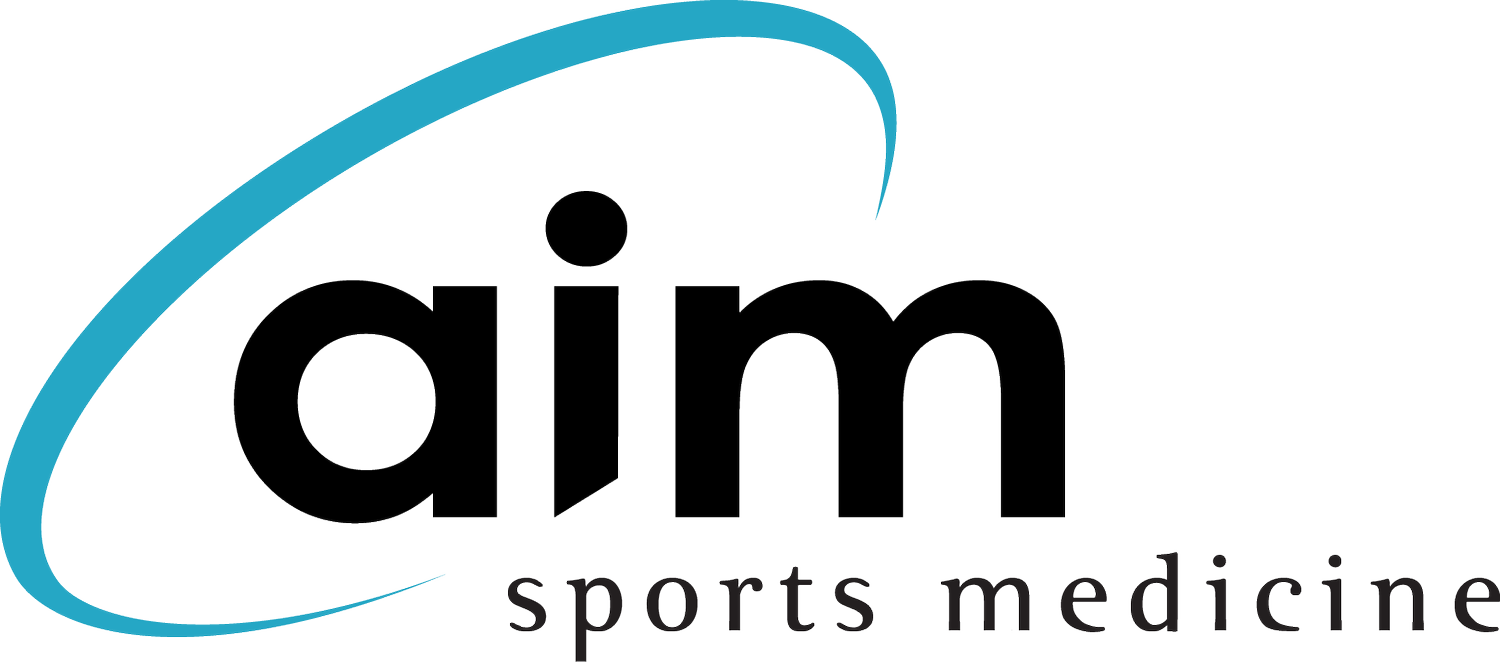Active Recovery Work is Crucial (especially for young athletes)
All athletes subject their bodies to tremendous physical stress. Day after day, this physical impact on the human body takes its toll, even on young athletes, and injuries inevitably occur. Much of sports medicine is focused on managing athletic injuries, not preventing them. It is impossible to prevent all injuries from playing sports, but we can minimize athletic injuries due to repetitive training, soft tissue imbalances, and compensatory injuries.
Active recovery is the answer, and it should be taken just as seriously as training is by the athlete.
Most athletes train with intensity for several hours per day at a minimum but do very little in the way of recovering their bodies after the workout. Historically, athletes in the United States spend many hours training, with little attention given to the recovery aspect of training. However, recently, we’ve seen professional athletes like LeBron James and Tom Brady putting more and more time and money into their recovery regimes. It is reported that LeBron spends $1.2 million a year on active recovery. Active recovery is the therapy athletes give to their body when they are not working out in order to allow the body to rest and repair from intense training. It is not simply resting, although rest is necessary.
Understanding basic anatomy will help put active recovery into perspective: a muscle is comprised of fibers that contract. The muscle fibers sit at a "resting length", then overlap one another to shorten when contracting, and finally return to their resting length. Skeletal muscle fibers must have oxygen, which is carried by the blood, in order to contract. The muscle fibers also need oxygen to relax the contraction; therefore, oxygen is necessary for contraction as well as for relaxation of the muscle fibers. Unfortunately, our blood supply is temporarily pinched off (this is called ischemia) while the fibers are overlapping, which ultimately creates problems.
For example, let’s look at a track athlete who runs many miles. The quadriceps (thigh) muscles are contracting over and over for hours per day. Each split-second contraction pinches off the blood supply, and in time, the lack of blood supply that carries the oxygen to BREAK THE CONTRACTION cannot occur (hypoxia). These muscle fibers which remain in a contracted state are referred to as a "knot". ” When a large part of a muscle is knotted, it is referred to as a muscle spasm.
Active recovery should be considered a necessary part of the training regimen for every athlete. The younger the athlete is exposed to this paradigm shift, the less trauma will be sustained to the body throughout the athlete's career.
The athlete of the future will participate in a 1:1 ratio of athletic training. For every minute spent contracting the muscle fibers, the athlete will spend equal time relaxing the muscle fibers, thus a 1:1 ratio of training to active recovery. LeBron spends up to four hours on non-game days recovering his body. If a young athlete is spending 10-15 hours a week on training, then an equal proportion of time should be dedicated to the recovery work.
Recovery consists of adequate hydration, nutrition, rest, and sleep. However, active recovery consists of massage, stretching, foam rolling, contrast baths, lasers, compression therapy, yoga, acupuncture, etc. - any modality that will help bring blood and re-oxygenate the tissues. Active recovery therapies should be both self-administered and performed by a competent therapist.
The goal of active recovery is to restore normal blood flow, which repairs damaged tissues, maintains range of motion, maintains strength by minimizing muscle knots, which lead to weakness, and ultimately creates normal, healthy texture and tension of the soft tissues. This allows each training day to be intense and effective, day after day.
Back in the day, athletes took steroids for these types of benefits. Today's athletes will put in the hard work to properly train and recover their bodies using a combination of natural methods and cutting-edge technology.
If you’re unsure how to prepare and adequately recover your young athlete properly, please contact us for more information. Time spent on active recovery is more efficient and effective than recovering after an injury has already happened. If you establish it as part of your/your child’s training early and consistently, it will pay dividends throughout their sports career and beyond.
Contact Aim
If you have a question about our physical therapy, call us, and we'll provide you with our professional opinion. We are ready to support you during your healing journey.
Call or Text us today: (310) 937-2323
Aim Sports Medicine
1035 Aviation Blvd.
Hermosa Beach, CA 90254

